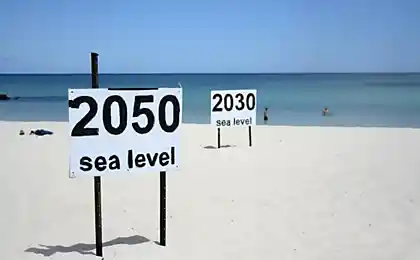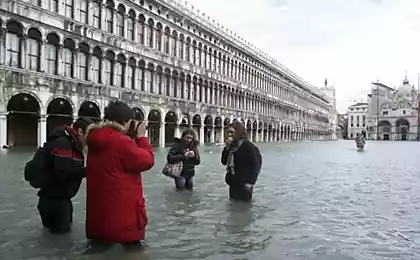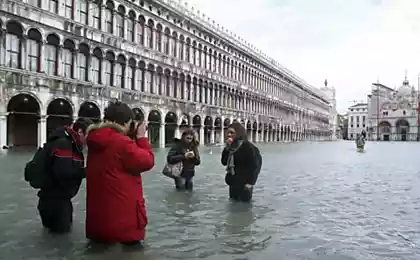583
Global warming may accelerate the increase of level of World ocean waters
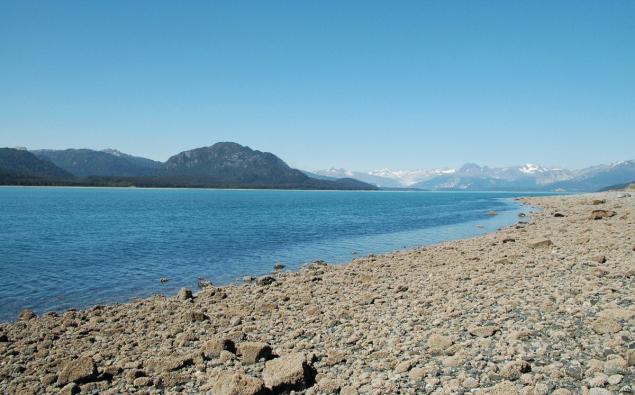
Despite the fact that some scholars still Express doubts about the reality of global warming, the vast majority of experts believe that warming is a reality. His influence on the Earth's climate can be tracked in several ways. One of them is the melting of the polar caps, glaciers and rising water levels of the oceans.
Now the water is rising too fast, but if the temperature rise continues, it could be flooded many coastal regions. The Atlantic coast of North America is one of the regions most prone to flooding. The results of the study situation, which has led scientists to this conclusion, published in the proceedings of the National Academy of Sciences of the United States. However, the rising waters will not be the same, this contributes to a number of reasons.
One of them is gravity and the dynamics of ocean waters. In some regions, the onset of water would be fast and permanent, in others more slow and periodic. New York and other cities of the US East coast will see an increase of water level by 1 meter by the end of this century. But it is only in the case that the average temperature will rise by 4-5 degrees above the temperature of the pre-industrial period.
If the level of carbon dioxide will rise (and likely will), then the average temperature will rise 2 degrees over a few decades, and by 2040 the water levels rise significantly. Not so long ago was a record concentration of carbon dioxide: 400 parts per million. Climatologists claim that CO2 will not become smaller, the concentration of this gas will only increase. Worst of all have East coast of the USA, as mentioned above, and Norway. Here, by 2040 the water levels will rise by about 30-40 cm Is quite a lot, so not all coastal regions will be able to adapt to such changes. And after 2040, the warming will advance even more rapidly.
"The rapidly expanding coastal cities and vulnerable coastal tropical ecosystems will have to adapt to raising the water level very quickly if the temperature will increase 2 degrees Celsius," — says Svetlana Jevrejeva, a researcher from the National Oceanography centre, Liverpool, UK.
According to other climate scientists, the water level of the oceans will continue to rise, and the rate of raising the water level will be higher, the faster will be the increase of average annual temperature. New temperature records yet to come. 2015 was declared the warmest on record, but in the next decade, this record will be the average, as before — a significant increase in the average temperature. In many ways, this situation is due to the increase in the concentration of carbon dioxide in the Earth's atmosphere. Even if the increase in the concentration of CO2 to stop the warming will continue, peaking in 2040.
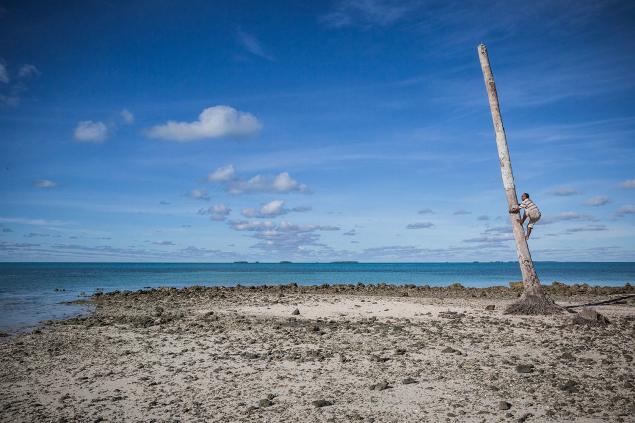
But the limitation of emissions of carbon dioxide in the atmosphere will mean that the impact of climate change on the number of regions is not as strong as in the case of a permanent increase of CO2 concentration.
"This gives us hope that if we are able to act quickly, reducing the amount of emissions of "greenhouse gases", seasonal temperature extremes they will remain so, not becoming the norm in the 21st century," said Sophie Lewis (Sophie Lewis), a climatologist from the Australian national University.
If the warming continues, by 2100, most coastal regions will face a significant rise in the level of water up to 2 meters. The highest level in 5000 years, a similar situation, according to climatologists, was observed in the Bronze age, but the warming has not been associated with industry and human activity. At that time, the number of people on Earth was not too large, so that climate change is not so strongly influenced by civilization. Nowadays, if the water will continue to advance, and the temperature will rise, governments will have to take care about the displacement of tens of millions of its citizens. This includes an estimated 2.5 million people of Miami, United States; 2.1 million people from Guangzhou, China; 1.8 million people of Mumbai, India; one million people from Osaka, Tokyo, New Orleans, new York and other cities.
Changes in the climate keeps more and more experts, trying to explore the current situation, allows to predict the change in the climatic model of the Earth in the future. The importance of the study of the dynamics of melting glaciers in Antarctica and Greenland. All this leads to the increase in water level in the oceans and further climate change.
"To make decisions now. To develop forecasts that try to predict the situation in 2100 is very interesting, but it should be of secondary importance for people who make decisions," says tad Pfeffer (Tad Pfeffer), glaciologist from the University of Colorado.
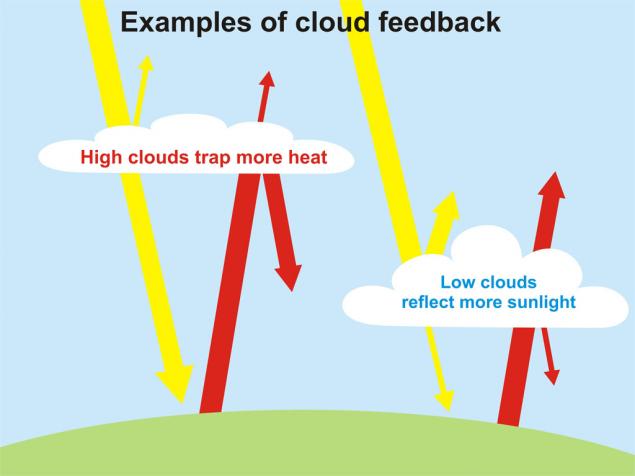
By the way, a group of scientists from the Lawrence Livermore national laboratory. E. Lawrence under the leadership of Chen Zhu (Chen Zhou) believes that currently constrain warming a few dense clouds in the lower atmosphere. They reflect sunlight and transmit heat radiated from the planet's surface. Perhaps the formation of cloud cover was the cause of slowing global warming in the time period from 1998 to 2013. As soon as the situation will change and the clouds will be less, the Earth's climate can start to warm up faster. Accordingly, this will affect the speed of lifting of level of World ocean waters.
Source: geektimes.ru/post/282422/
Porridge for weight loss: 6 kg in a week! Excellent diet without hunger pangs.
Love, but ready to go






